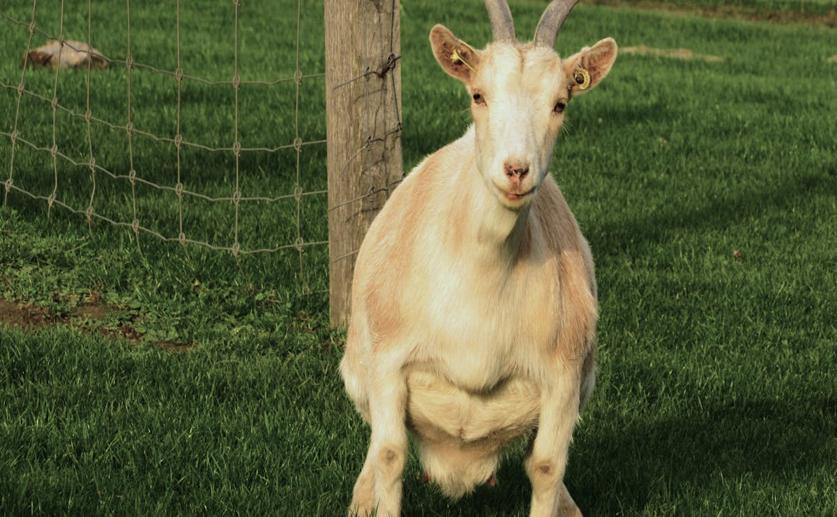
New Genetic Discoveries for Cashmere Quality Traits in Goats
Greg Howard
3rd July, 2024

Image Source: Laurent JULIEN (photographer)
Key Findings
- Researchers in Inner Mongolia studied cashmere goats to improve cashmere quality and yield
- They identified specific genetic regions and genes linked to four key cashmere traits: yield, diameter, thickness, and length
- These findings can help breeders select goats with better cashmere traits, supporting the local cashmere industry
References
Main Study
1) Genome-wide association study for cashmere traits in Inner Mongolia cashmere goat population reveals new candidate genes and haplotypes
Published 2nd July, 2024
https://doi.org/10.1186/s12864-024-10543-4
Related Studies
2) Genome-Wide Association Study of Body Weight Traits in Inner Mongolia Cashmere Goats.
3) Genome-wide association study of fleece traits in Inner Mongolia Cashmere goats.



 6th June, 2024 | Greg Howard
6th June, 2024 | Greg Howard